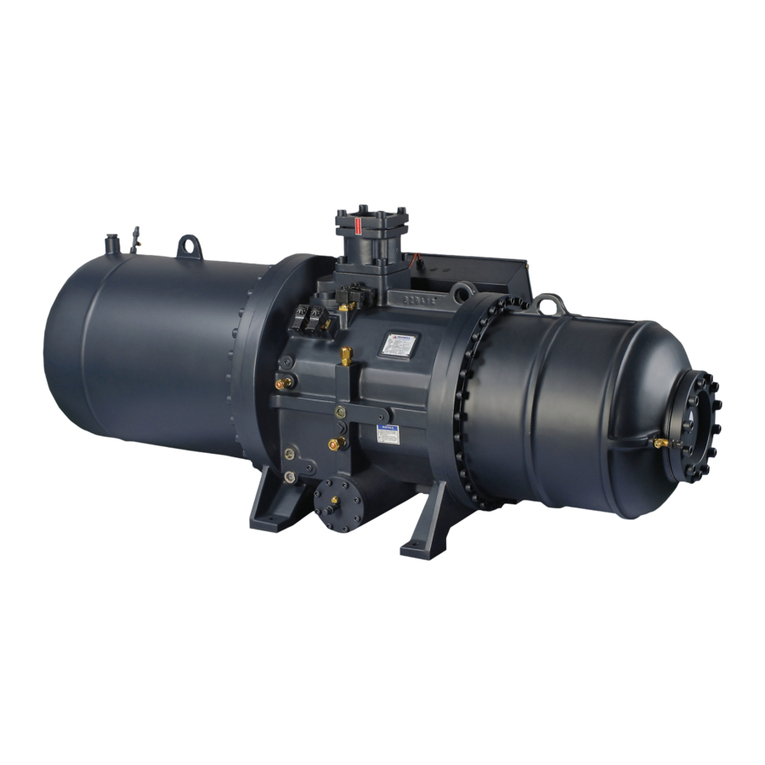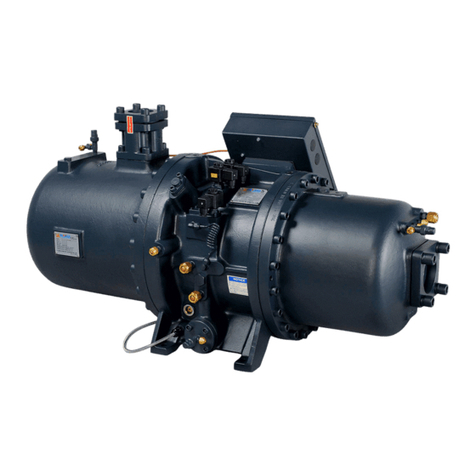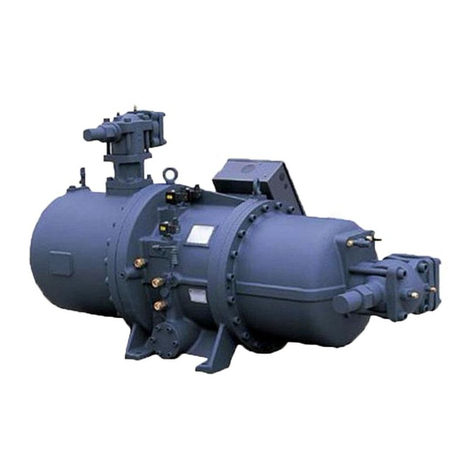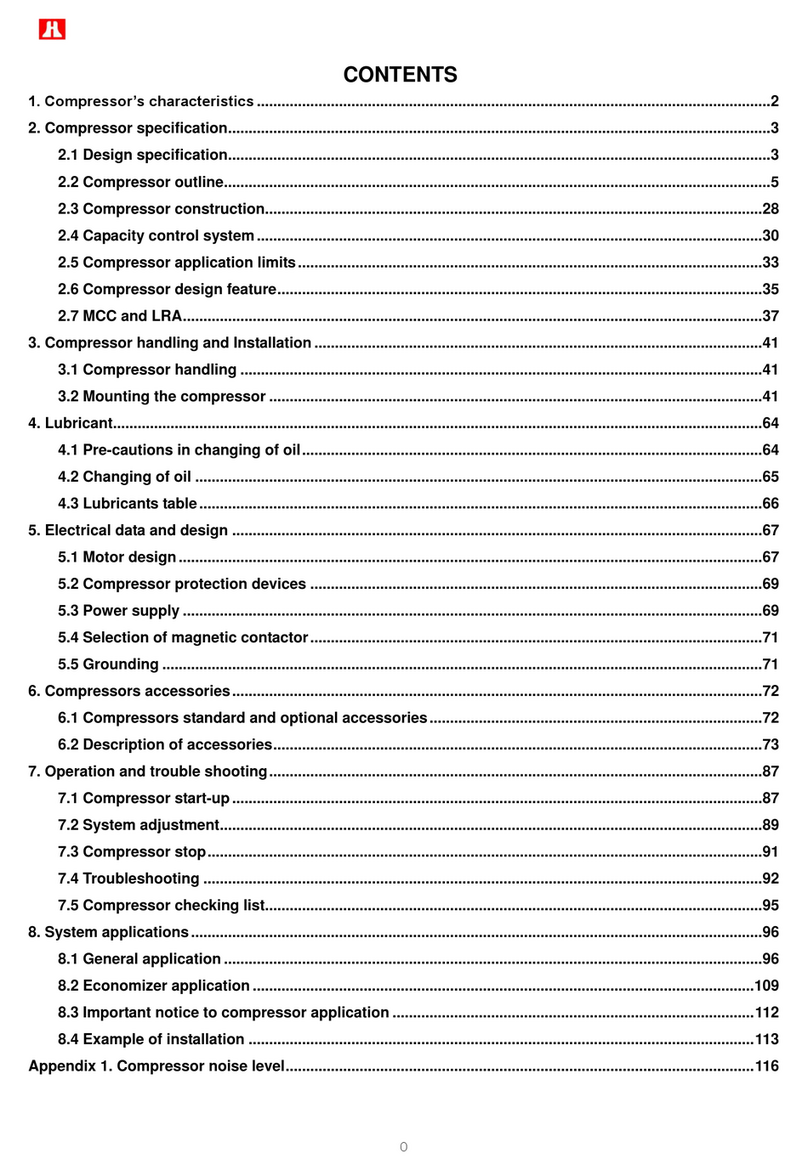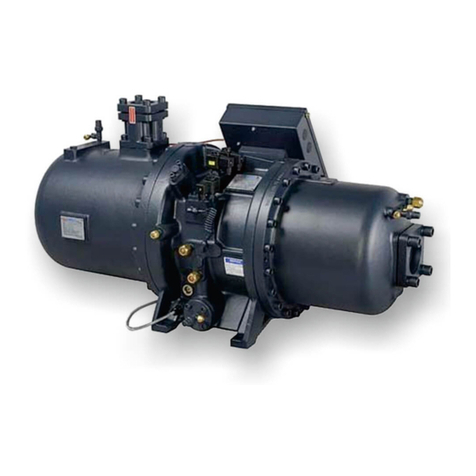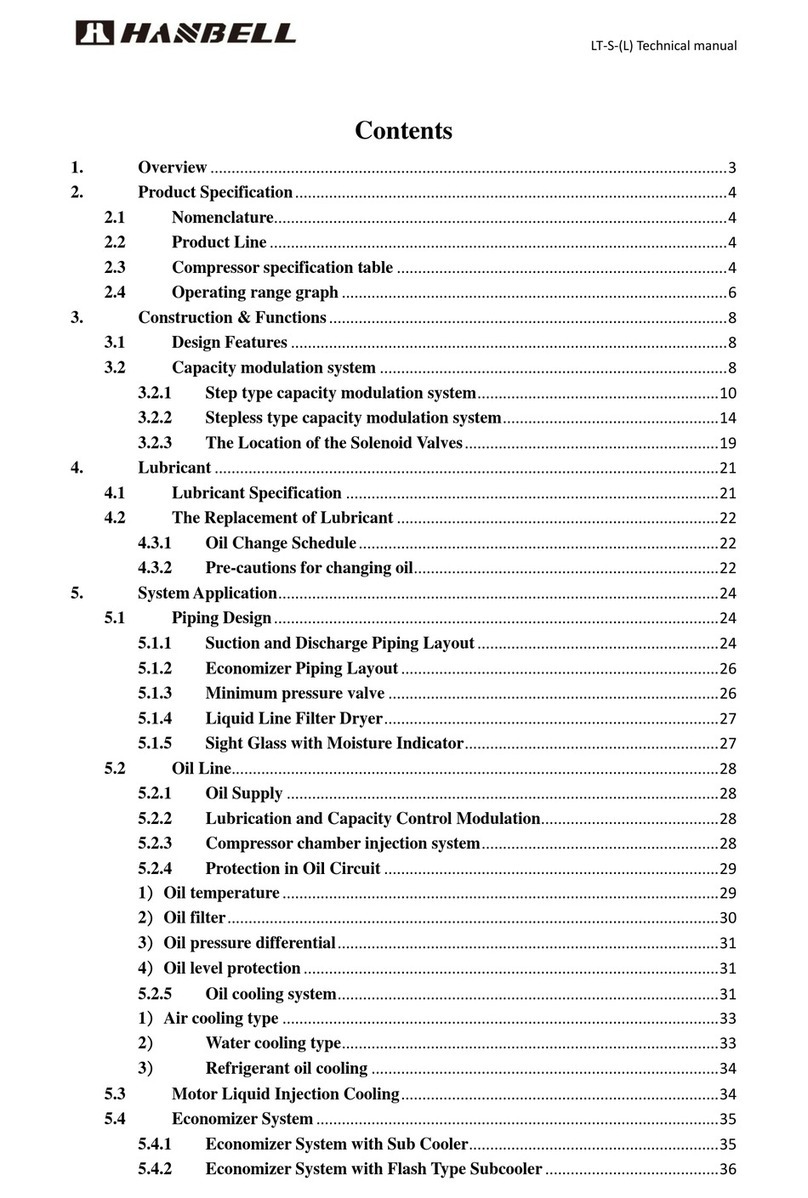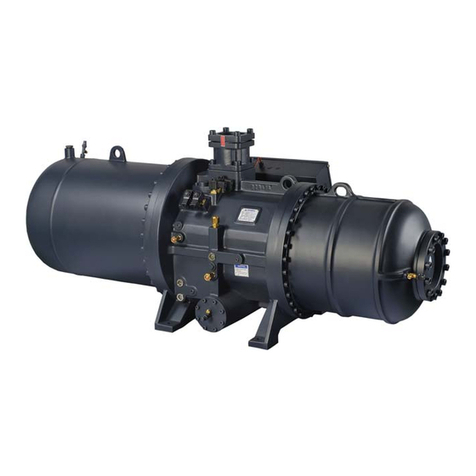
LBII-PLUS Technical Manual
1
CONTENT
1. General ...................................................................................................................................................................... 3
1.1 Product Introduction...................................................................................................................................... 3
1.2 Nomenclature ................................................................................................................................................ 3
1.3 Product range................................................................................................................................................. 4
1.4 Design Specification ....................................................................................................................................... 4
1.5 Operation range ............................................................................................................................................. 5
1.6 Design Features.............................................................................................................................................. 6
2. Application................................................................................................................................................................. 7
2.1 Compressor application ................................................................................................................................. 7
2.2 Lubricant Application ..................................................................................................................................... 9
2.3 System application .......................................................................................................................................11
2.4 Motor control............................................................................................................................................... 21
2.5 Installation and fixation ............................................................................................................................... 24
3. Accessory................................................................................................................................................................. 26
3.1 Accessory list................................................................................................................................................ 26
3.2 Oil circuit parts............................................................................................................................................. 27
3.3 System parts................................................................................................................................................. 29
3.4 Electrical parts.............................................................................................................................................. 31
4. Maintenance............................................................................................................................................................38
4.1 Items to be checked before machine starting..............................................................................................38
4.2 Items to be checked during operation......................................................................................................... 38
4.3 Faults analysis ..............................................................................................................................................40
5. Appearance and functions.......................................................................................................................................42
5.1 Appearance structure ..................................................................................................................................42
5.2 LBII-100~410-PLUS Connector ................................................................................................................... 45
5.3 LBII-100~280-PLUS Dimension................................................................................................................... 46
5.4 LBII-100~280P-PLUS Dimension................................................................................................................. 47
5.5 LBII-360/410-PLUS Dimension ................................................................................................................... 48
